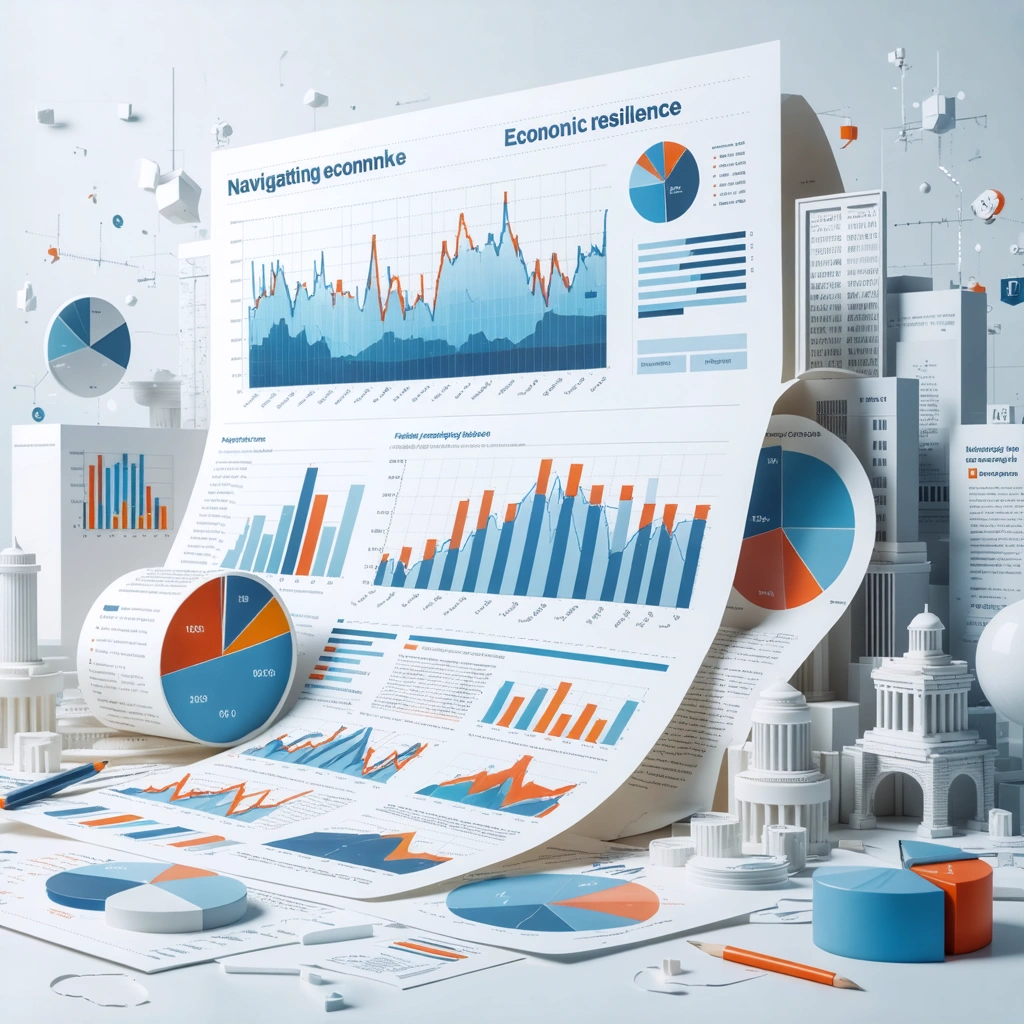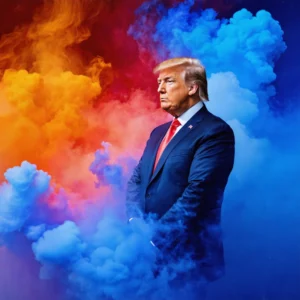
Introduction: Setting the Stage for Economic Analysis
The current economic narrative has been dominated by discussions of recession fears, often fueled by tariff-induced market shifts and geopolitical uncertainties. While these topics are attracting significant public attention, a more comprehensive review of underlying economic data reveals an enduring strength in the U.S. economy. This article aims to dissect the perceived chaos, analyze factual data, and offer a business-centered perspective that encourages decision-makers to look beyond loose talk and focus on substantial indicators of economic resilience.
Understanding Tariffs and Their Impact
Historical Context and Policy Rationale
Tariffs have long been employed as an instrument of economic policy, serving both as a protective measure for domestic industries and as a leverage tool in international trade negotiations. Despite the immediate disruptions and increased costs that tariffs might cause, it is crucial to consider their broader strategic context:
- Domestic Protection: Ensuring homegrown industries remain competitive by reducing foreign competition.
- Strategic Negotiation: Using tariffs to influence trade policies and secure better terms in bilateral discussions.
- Revenue Generation: Increasing national revenues which can subsequently be reinvested in the economy.
The Reality of Economic Data Amid Tariff Adjustments
While some commentators highlight the short-term market uncertainties triggered by tariffs, a deeper analysis shows that vital economic indicators—such as employment figures, consumer spending, and industrial output—have maintained robust trajectories. For instance, consider the following economic indicators:
| Indicator | Recent Trend | Implication |
|---|---|---|
| Employment Rate | Stable/Increasing | Continued consumer spending potential |
| Consumer Confidence | High | Resilient domestic demand |
| Manufacturing Index | Positive Growth | Industrial recovery even in tariff periods |
This table highlights that despite external pressures and isolated market disruptions, underlying metrics are signaling sustained growth and economic health.
Business Strategies in a Tariff-Driven Economy
Proactive Measures for Sustained Growth
In times of economic ambiguity, businesses are advised to adopt strategic measures that are resilient to temporary shocks. A forward-looking strategy not only mitigates risk but also leverages growth opportunities arising from volatile global markets. Key strategies include:
- Diversification of Supply Chains: Engaging with multiple suppliers and sourcing alternatives to reduce dependency on a single market.
- Investment in Innovation: Focusing on research and development to create products that can compete on quality rather than just price.
- Financial Prudence: Strengthening balance sheets and optimizing cash flows to ensure liquidity in volatile periods.
These strategies empower businesses to not only weather short-term uncertainties but also position themselves advantageously for long-term success.
Maintaining Focus Amid External Distractions
Business leaders are encouraged to maintain a clear focus on intrinsic economic performance rather than getting diverted by sensational forecasts. The following points encapsulate the rationale behind this approach:
- Data-Driven Decision Making: Decisions should be grounded in concrete economic indicators rather than speculative narratives.
- Long-Term Vision: Emphasis on continuous improvement and investments that yield benefits over several years.
- Adaptability: Being flexible and responsive to both opportunities and risks, which is a hallmark of companies that thrive in dynamic environments.
Future Projections and Conclusion
Resilience Through Innovation and Strategic Balance
The future economic landscape, although subject to external influences like tariffs and international trade disputes, will likely be driven by the same underlying fundamentals that have characterized American economic performance for decades. Investors and business leaders should focus on the following areas that are predicted to shape the future:
- Technological advancements that drive efficiency and create new markets.
- Global supply chain realignments that open up previously untapped market opportunities.
- Sustainable practices that align with environmental and social governance (ESG) policies.
Moreover, by maintaining disciplined financial management and investing in strategic innovation, companies can not only mitigate the adverse effects of tariffs but also harness opportunities emerging from economic realignments.
Conclusion: Beyond Recession Fears
In summary, while sensational headlines and cautious forecasts about potential recessions continue to circulate, a detailed examination of economic fundamentals reveals that the U.S. economy remains robust. The apparent chaos from tariff policies is mitigated by strong underlying indicators such as stable employment, high consumer confidence, and active industrial performance. Business strategies that focus on diversification, innovation, and financial prudence provide a roadmap for navigating these uncertain times effectively. Therefore, informed decision-making—underpinned by reliable data—remains the cornerstone for thriving amidst external challenges and capitalizing on long-term growth opportunities.




